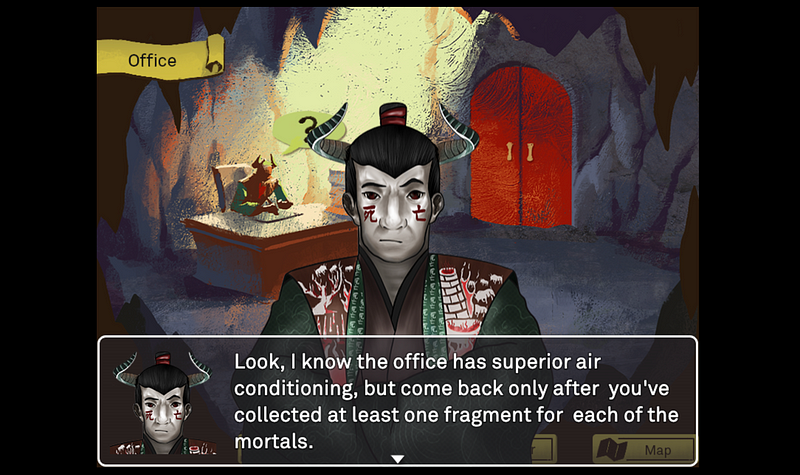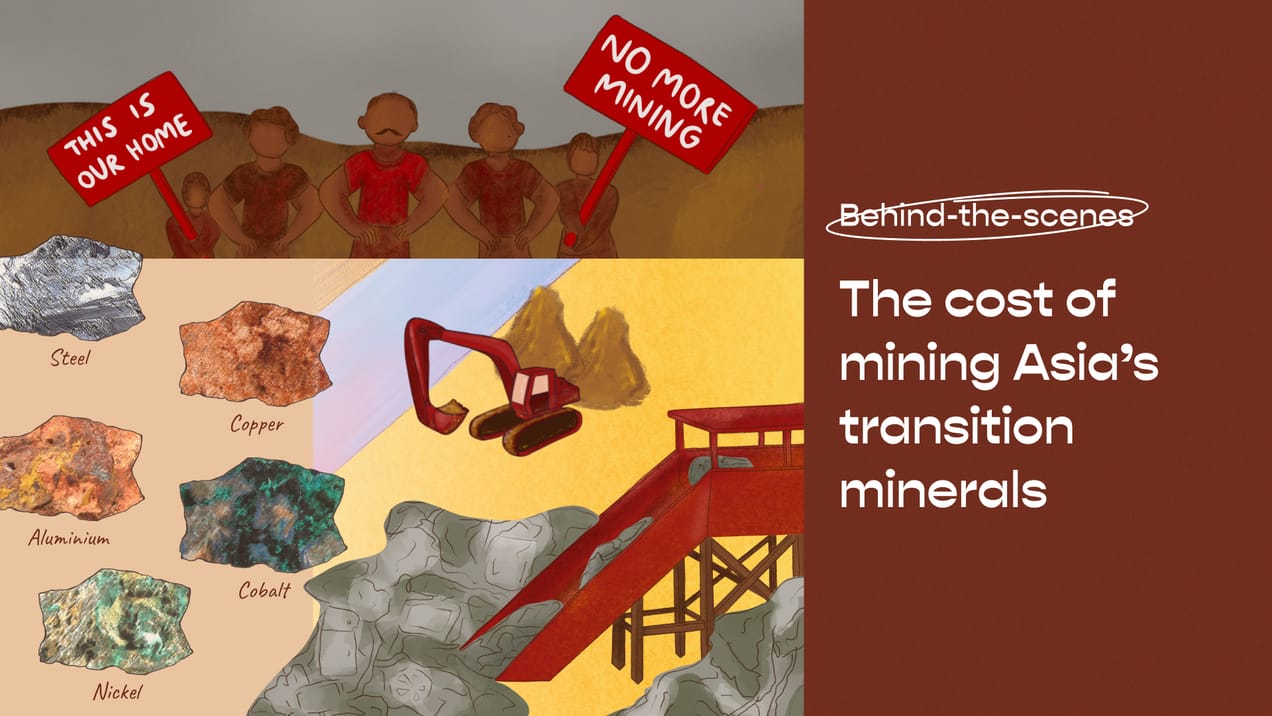
Eighteen levels of hell (Part I): Conceptualising our game
Kontinentalist created our first-ever narrative game, Hell’s Apprentice, based on the Buddhist-Taoist folklore of the eighteen levels of…
Here at Kontinentalist, we’ve just created our first ever narrative game, Hell’s Apprentice, based on the Buddhist-Taoist folklore of the eighteen levels of hell. It took us six months to develop the game, with the majority of it taken up by story development. I’m kick-starting this three-part behind-the-scenes series of our game creation process by sharing how we conceptualised the game.
1. Inspiration
Like most of my experimental projects (see here, and here), this started out as a conversation with my colleagues. I knew vaguely that I wanted to do a story about Chinese hell, and Pei Ying (my editor-in-chief) and I were bouncing ideas off each other. Initially, our ideas revolved around visualising hell’s structure: a flowchart of sins and their corresponding punishments based on Haw Par Villa’s Ten Courts of Hell, as well as and an organisational chart showing the hierarchy of deities. Then I came across “The Deep Sea” by creative coder Neal Agarwal. It’s a simple idea executed perfectly: as you scroll, you dive deeper into the sea and behold the organisms that live in those sea depths. I pitched the idea of visualising the eighteen levels of hell, with each scroll bringing the readers to a deeper level*, and Pei Ying cleverly suggested making it into a game.
*The idea that the descending levels indicate a deeper level of hell is a common misconception. The levels are determined by various factors: the time spent in it, the degree of suffering, and the size of the hell level.
2. Ideating the game concept
This stage took me a long while, mostly because I was in my head a lot and wanted to come up with a fully formed idea before sharing it with the team. Bad idea — this wasted precious development time, and on reflection, it taught me the importance of sharing and scraping ideas early and getting feedback from the team. Plus, writing a game is very different from writing a story — the world building requires an integration of the script, art, design, sound, and gameplay, so I couldn’t have worked in a silo and simply passed the draft on to the designers.


